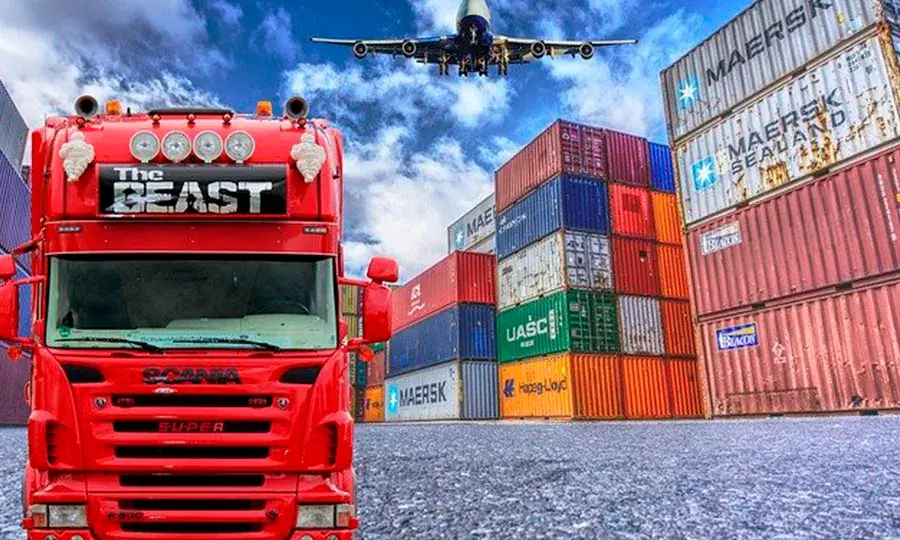Can Serialization Improve Supply Chain Agility?

As the pandemic continues to disrupt global supply chains, industry leaders are thinking hard about what’s next—how will supply chain management change in the months and years after the pandemic?
We are already seeing a turn toward a more diverse supplier strategy as businesses learn hard lessons about single sourcing. And we are seeing, in real time, the critical importance of supply chain visibility, as organizations with better insight into their supplier networks are able to identify risk early and plan accordingly.
But the pandemic has shown us that how we think about supply chain visibility will need to change. Because the questions supply chain leaders are being asked to solve are growing more complex. How will organizations balance cost savings and lean inventory practices with risk preparedness? In a multi-tiered supply network, how can organizations combat counterfeiting and assure quality? How can they adapt to the policies and regulations of new countries of origin? How can organizations share information quickly enough to make just-in-time decisions in the face of disruption?
In a post-pandemic world, answering these questions will require deeper visibility and better communication across an increasingly complex supplier network. Track and trace solutions will be tasked to deliver more insight about inventory items and their attributes: from how and where they were sourced and produced to how and where they are delivered and consumed.
Serialization: The Way Forward?
Track and trace solutions typically captured the status of a group of objects, either at a case or pallet level. As automated data collection strategies grew more sophisticated, we began to see a more granular approach to track and trace. Mandated now in the pharmaceutical industry and in some parts of the food industry, serialization, or the application of a unique identifier to an individual item, has proven to be an essential tool for accurate end-to-end supply chain visibility.
In the pharmaceutical industry, serialization provides a higher level of control in a very complex distribution network where products need to be authenticated to control counterfeiting. That level of traceability requires partners across the supply chain to record, track and manage data from manufacture to consumption.
This more granular view of the data can deliver unprecedented real-time decision support. In Pharma, we see organizations beginning to mine track and trace data to automate inspection and verification, address inventory leakage, manage recalls more precisely, and identify fast and slow performers across the supply chain.
As industries look for better ways to respond to supply chain disruption, they are considering how to leverage valuable business data and work more collaboratively with partners and third-party suppliers. We believe serialization, in concert with the next generation of track and trace solutions, will deliver the data businesses need to understand activity and behavior at every level. Next generation track and trace solutions integrated seamlessly with your existing ERP and other systems deliver enterprise-wide value. Combined with AI and machine learning, supply chain data is helping businesses predict upcoming opportunities and adverse events and prescribe interventions to ensure business success and brand integrity.
